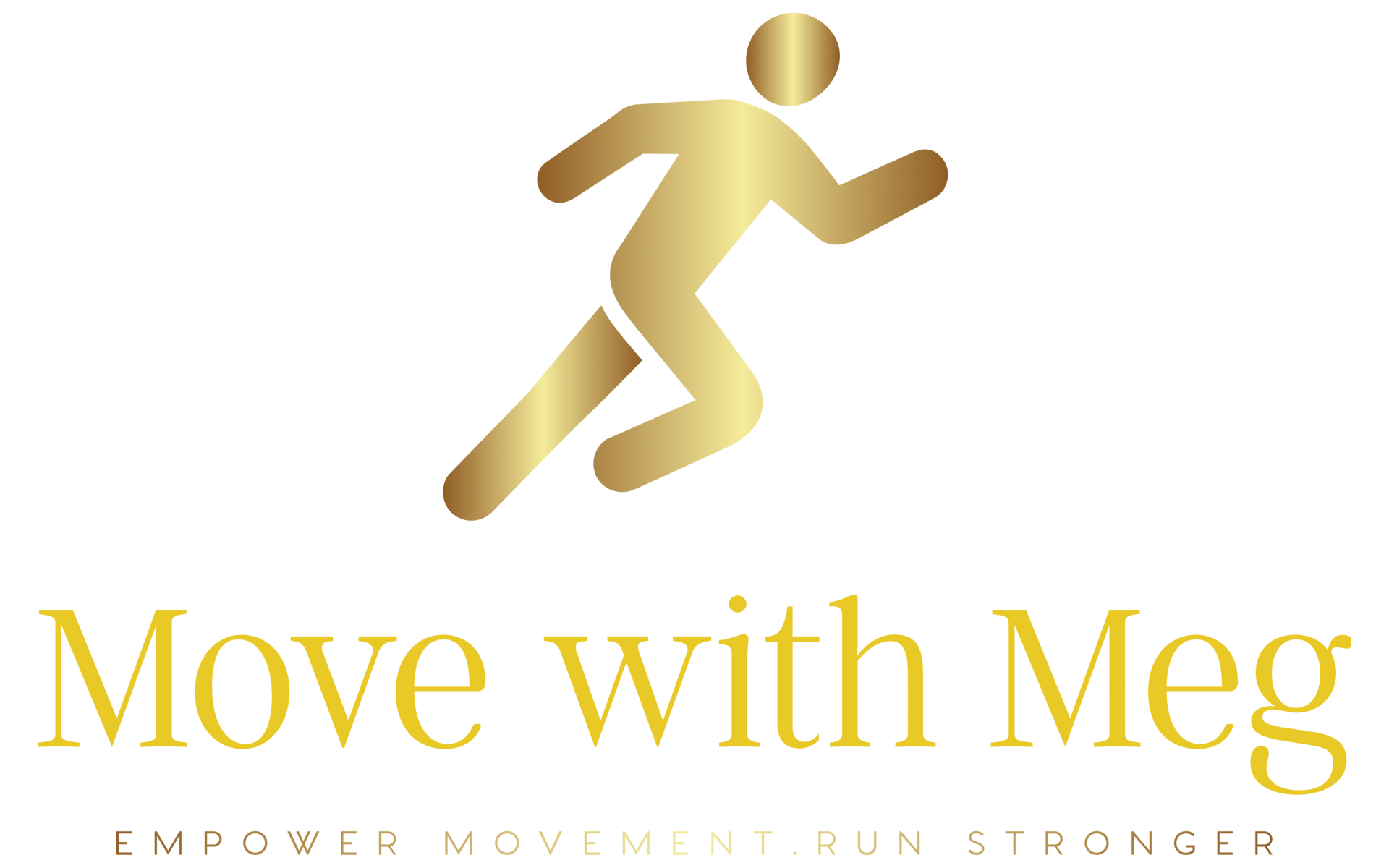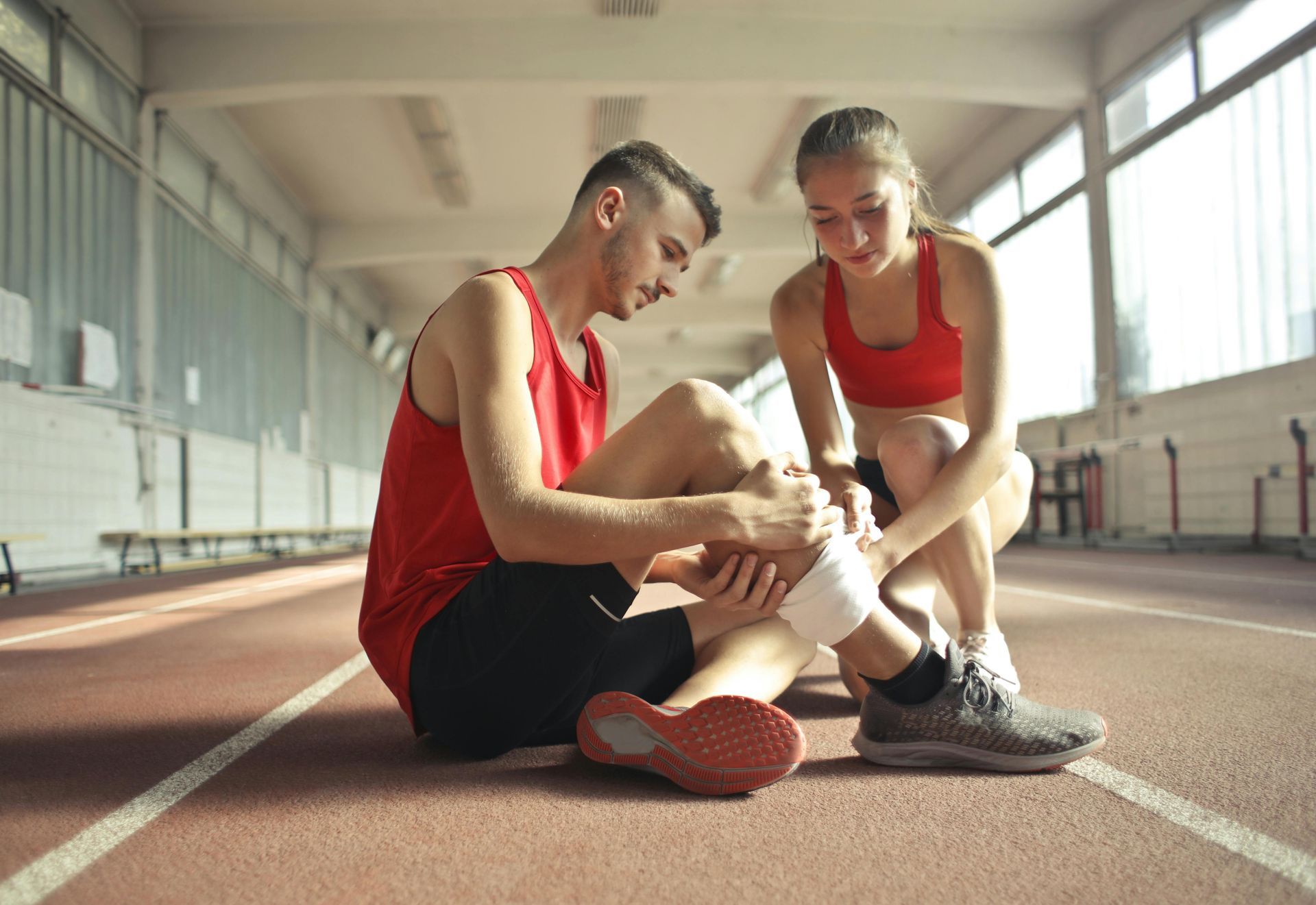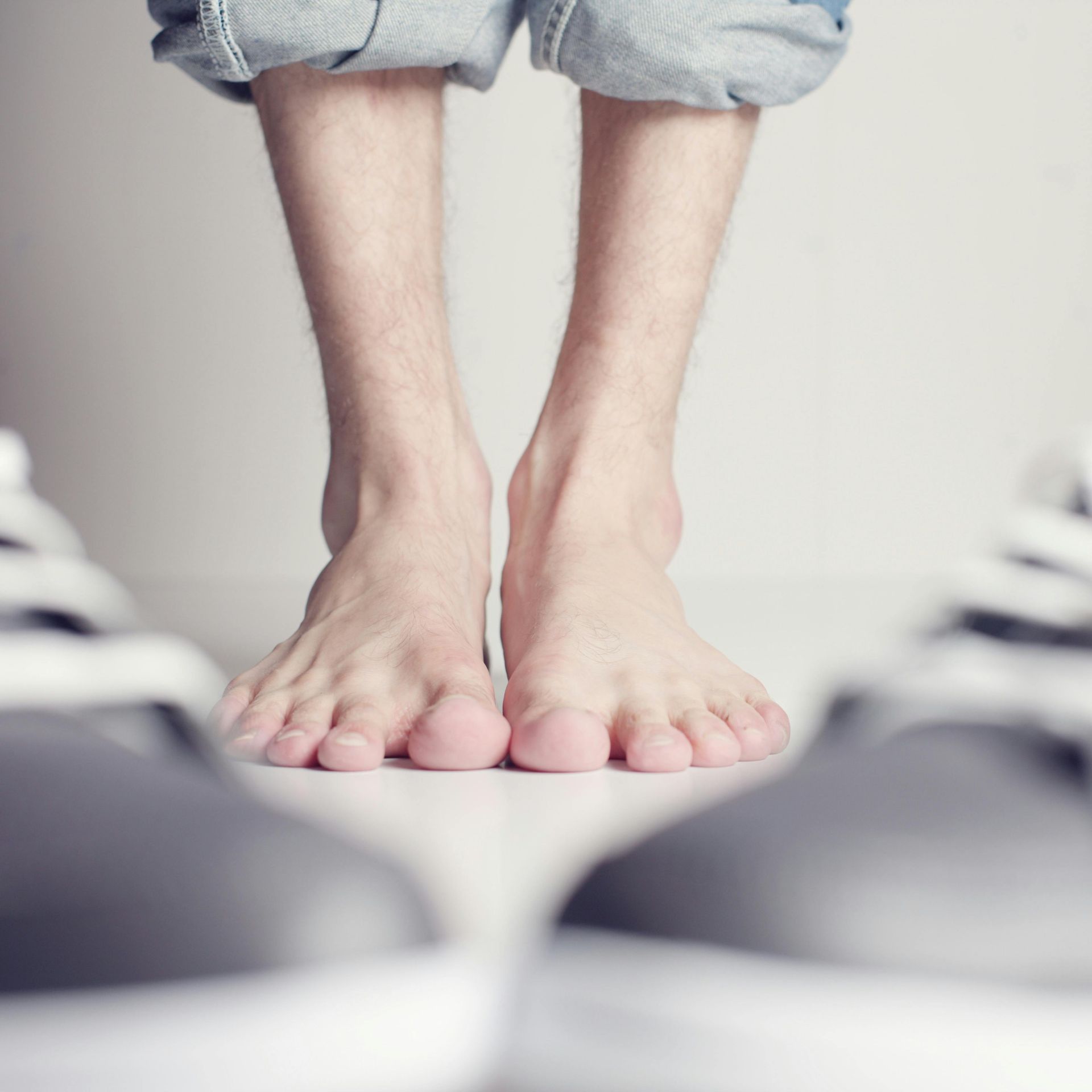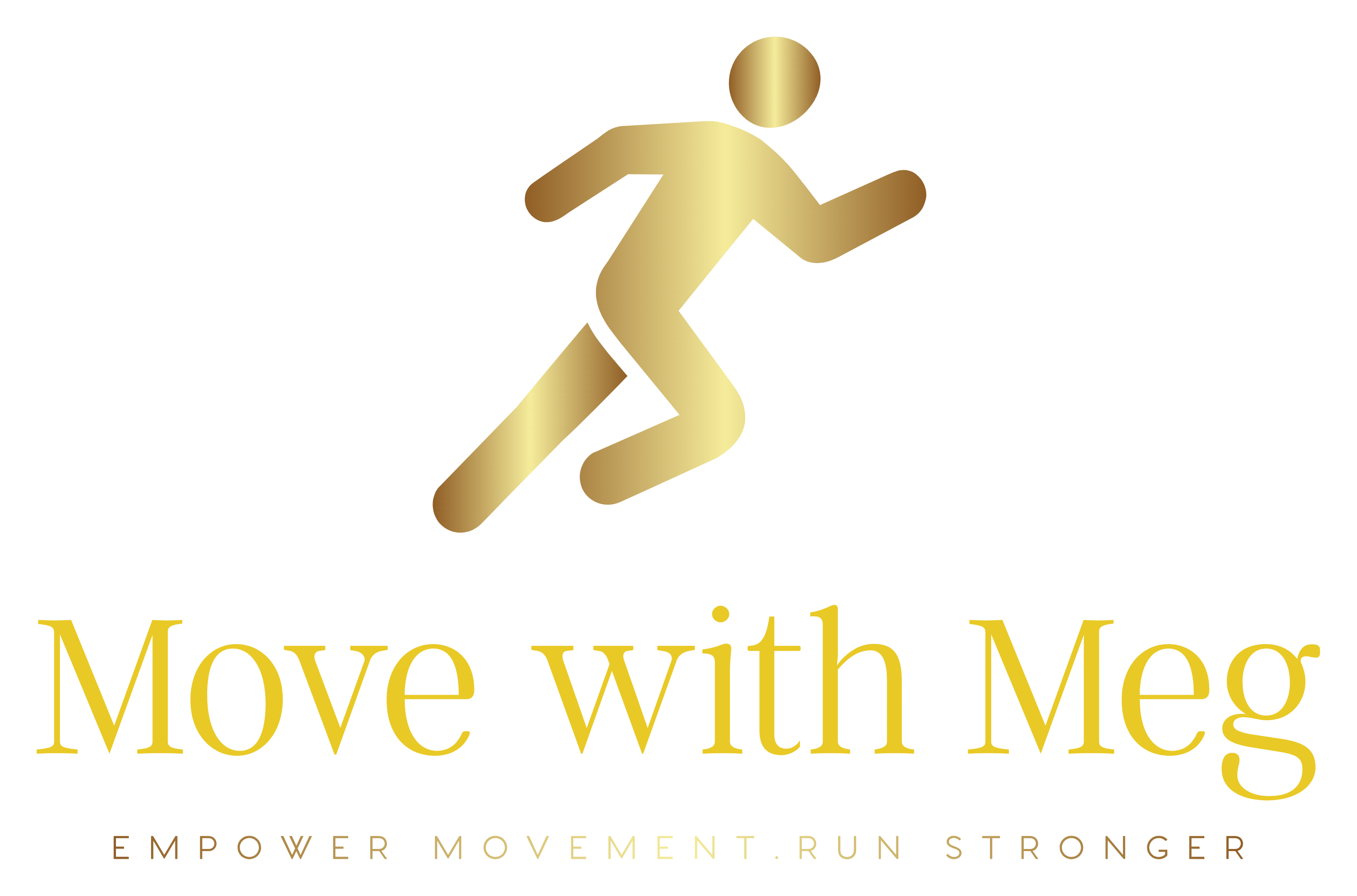Are Zero Drop Shoes Right For You?
Zero drop shoes aren't right for everyone. Are they right for you?

Finding the right running shoes can make a huge difference—whether you’re chasing your next PR or just getting into running. One of the most important features to understand is shoe drop, which is the height difference between the heel and the forefoot.
Zero drop running shoes have become increasingly popular because they encourage a more natural running stride and foot strike. But while they can work well for some runners, they aren’t ideal for everyone. Before transitioning to a zero drop shoe, you need to determine if your mobility and strength are up for the challenge
When you run, your body needs to move smoothly through both the ankle and the forefoot. Traditional running shoes usually have a higher heel, which reduces how much motion you need at these joints thanks to the built-in rocker design. The lower the drop, the more ankle mobility, foot strength and eccentric control of the calf you need. If you don’t have enough mobility through your ankle or big toe, your body may compensate in less efficient ways—potentially leading to injury.
Before you make the switch, try these three simple tests to see if your body is ready for zero drop running shoes.
1. Ankle and Big Toe Mobility Test
Zero drop shoes require strong mobility through your ankle and big toe—ideally around 30 degrees of motion at each joint.
How to test it:
- Start in a half-kneeling position with your front foot about four finger-widths away from a wall.
- Keep your heel flat and drive your front knee forward until it touches the wall.
- Without rolling your foot inward or outward, try to lift your big toe off the ground.
✅ If you can do this easily, you likely have the mobility to handle a lower heel drop.
❌ If not, spend time improving ankle and toe mobility before transitioning.
2. Intrinsic Foot Strength Test (Toe Yoga)
During the midstance phase of running, about 85% of your support comes from your big toe. Having strong, coordinated foot muscles helps keep you stable when you land and push off.
How to test it:
- Sit or stand with your foot flat and ankle relaxed.
- Lift your
big toe off the ground while keeping your
little toes down.
- Then press your
big toe down while lifting your
little toes.
- Repeat slowly without moving your ankle.
✅ If you can move your toes independently, you’ve got good foot control for zero drop shoes.
3. Single-Leg Calf Strength Test
Calf soreness is common when switching to zero drop shoes because your calves have to work harder to control your heel lowering to the ground.
How to test it:
- Stand on one leg and perform
single-leg calf raises, lifting and lowering your heel with control.
- Aim for
25–30 reps per leg.
✅ If both sides are strong and even, your calves are ready for zero drop footwear.
Transition Tips
If you’ve been running in shoes with a higher heel-to-toe drop, take your time transitioning. Start by alternating between your regular shoes and zero drop shoes for short runs, then gradually increase your mileage in the lower drop pair.
Avoid sudden changes—your calves, feet, and Achilles need time to adapt.
Three videos to help your feet prepare
👣Toe Yoga is a great way to strengthen your big toe but also create isolated big toe neuromuscular control. Getting some toe yoga in daily (it’s easy to do at your desk)is a great way to start!
👣Purchase a slant boardand stand on it for 2-3 mins a day to increase calf mobility
👣Perform 3 sets of 15 reps 1 to 2 times daily of eccentric calf raises. This helps build the control of your calf muscle to handle the lower drop
Find the Perfect Fit with Move with Meg
Zero drop running shoes can be a great choice for some runners—but only if your body is ready for them. If you’re unsure, schedule a Complete Run Analysis or Perfect Shoe Fit session at Move with Meg.
We’ll assess your mobility, strength, and running mechanics to help you find the right shoe for your stride and goals—so you can run stronger, smarter, and injury-free.
📧 meg@movewithmegpt.com | 🌐 www.movewithmegpt.com
👟Because the right shoes—and the right movement—keep you running for miles to come.
At Move With Meg Physical Therapy, I specialize in helping runners move with strength, balance, and confidence. With over 17 years of experience and a deep focus on run analysis and retraining, I’ve worked with runners across the DMV to overcome injuries and unlock their full potential.
Meg Pezzino, PT, DPT, SCS, is a board-certified sports specialist and running-focused physical therapist based in the DMV. Through her practice, Move With Meg Physical Therapy, she helps runners prevent injuries, improve strength, and move with confidence.




